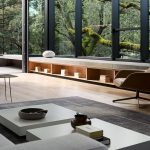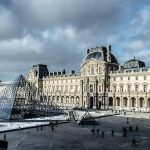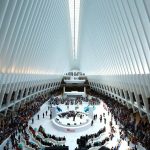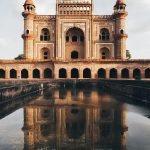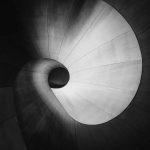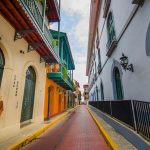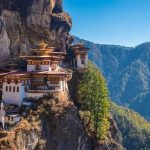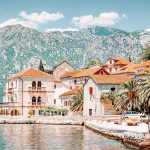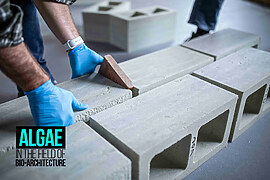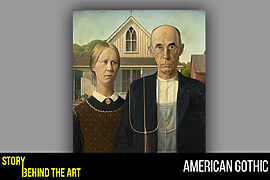A unique art form, architectural photography combines technical skills and artistic vision to capture the beauty and essence of buildings. It goes beyond simply documenting structures, for it aims to invoke emotions, narrate stories, and showcase the creative vision of architects. While the origins of architectural photography can be traced back to the 1870s when the renowned photographer Albert Levy began capturing images of older buildings, subsequently, the American mid-century modernist Julius Shulman played a significant role in photographing modern buildings.
Architectural photography serves various purposes, including commercial use for advertising and brochures, documenting architectural records and portfolios, historical research, and promoting art history and tourism. Exterior architectural photography directs its lens towards capturing the facades and contextual surroundings of buildings, while interior architectural photography delves into the interplay of spaces within the building(s). From bridges and towers to palaces and houses, architectural photography embraces a diverse array of subjects, each possessing unique qualities and presenting distinctive challenges.
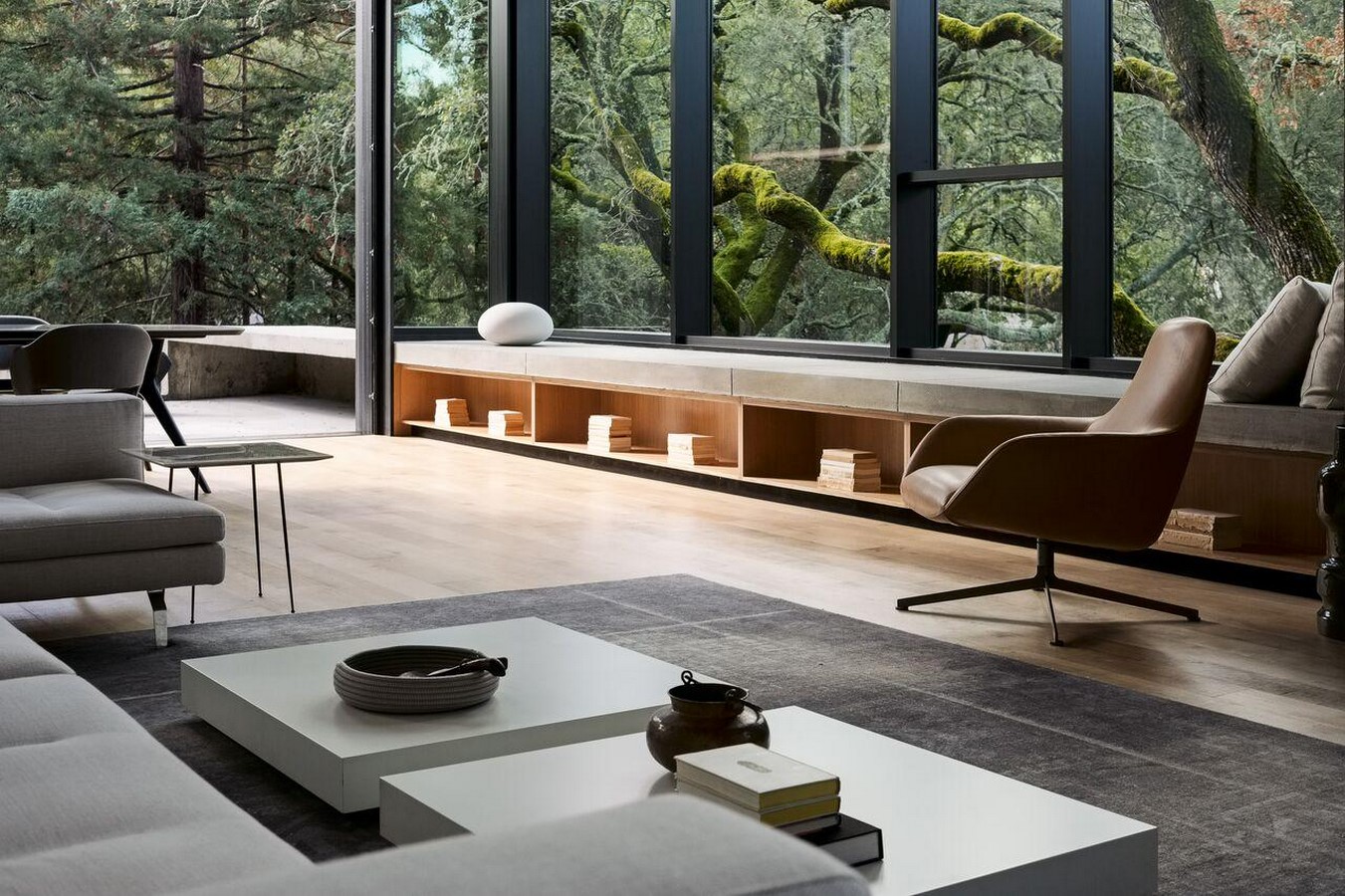
Unlike some other photography fields, architectural photography requires a patient and contemplative approach, as it involves carefully considering the scene or environment before capturing the perfect shot. This means that a high-speed or continuous shooting mode camera may not be necessary, but the emphasis is placed on achieving exceptional image quality. To master the art of architectural photography, one might need to consider the following:
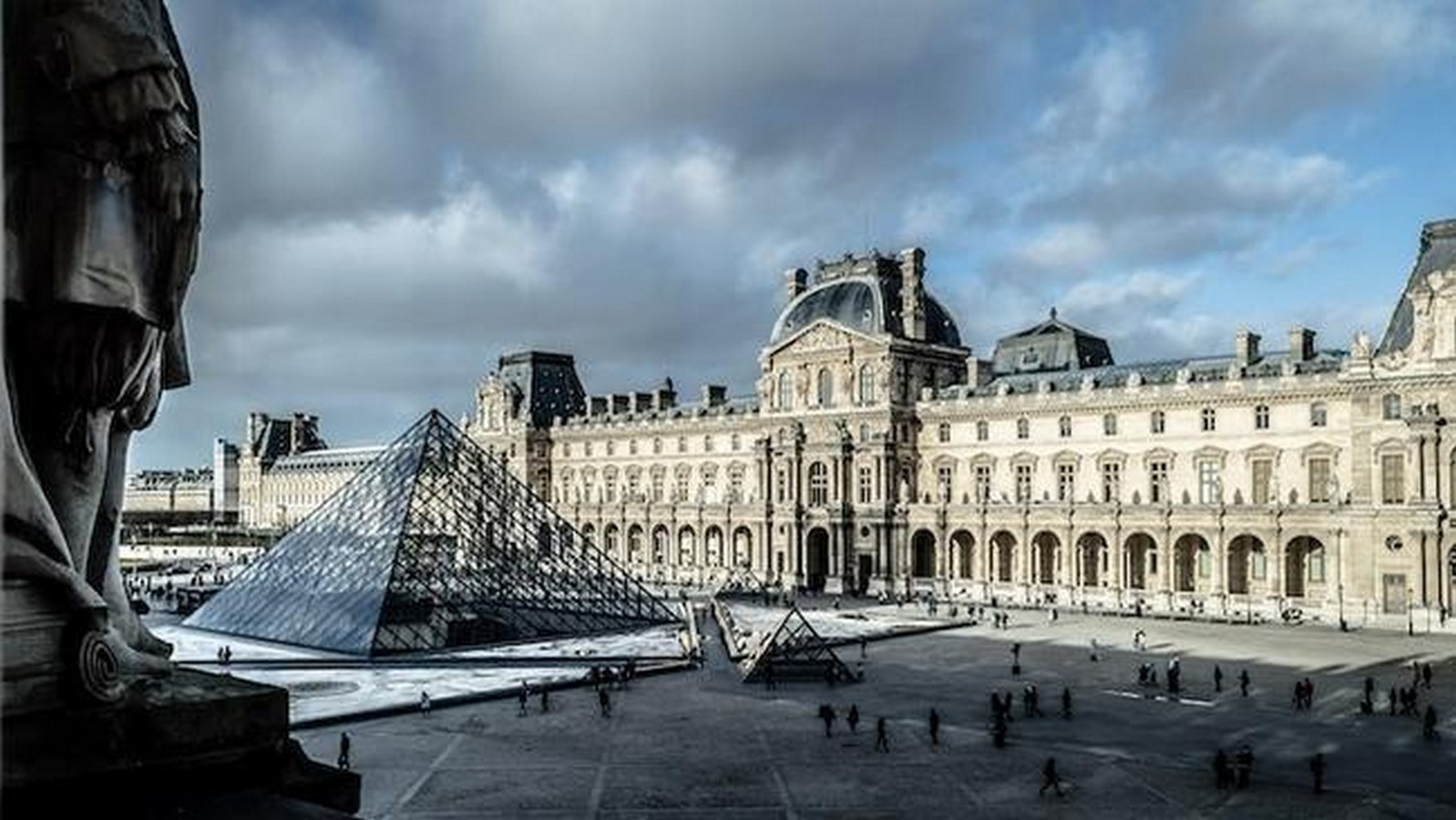
The Art of Composition
Composition is at the heart of architectural photography. It involves arranging visual elements within the frame to create balance, harmony, and a sense of visual flow. The use of lines, shapes, patterns, and textures within the architecture can guide the viewer’s eye and evoke a particular mood or atmosphere. By understanding and employing compositional techniques such as the rule of thirds, leading lines, and negative space, photographers can enhance the impact of their architectural images.
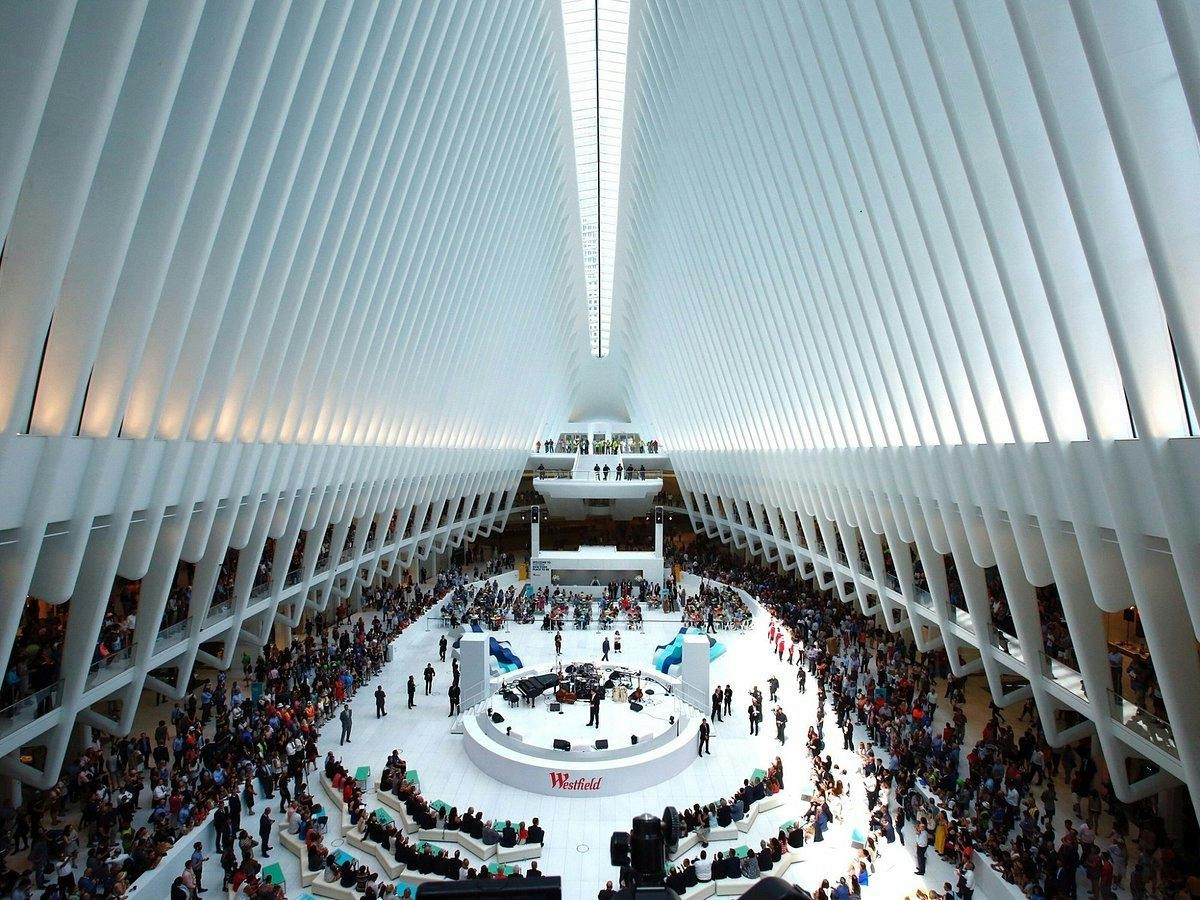
Capturing Light and Shadows
Light plays a pivotal role in all forms of photography, but in architectural photography, the interplay between light and shadows is instrumental in highlighting the form, texture, and depth of architectural elements. A discerning eye for appropriate lighting and adept utilization of diverse light sources are vital for accentuating features and creating impactful effects. Furthermore, careful management of exposure, dynamic range, and shadow detail is essential to faithfully capture the complete tonal and textural range found in architectural photography. Ultimately, skillfully manipulating light is a crucial aspect of this genre, enabling photographers to reveal the authentic essence and beauty of architectural structures.
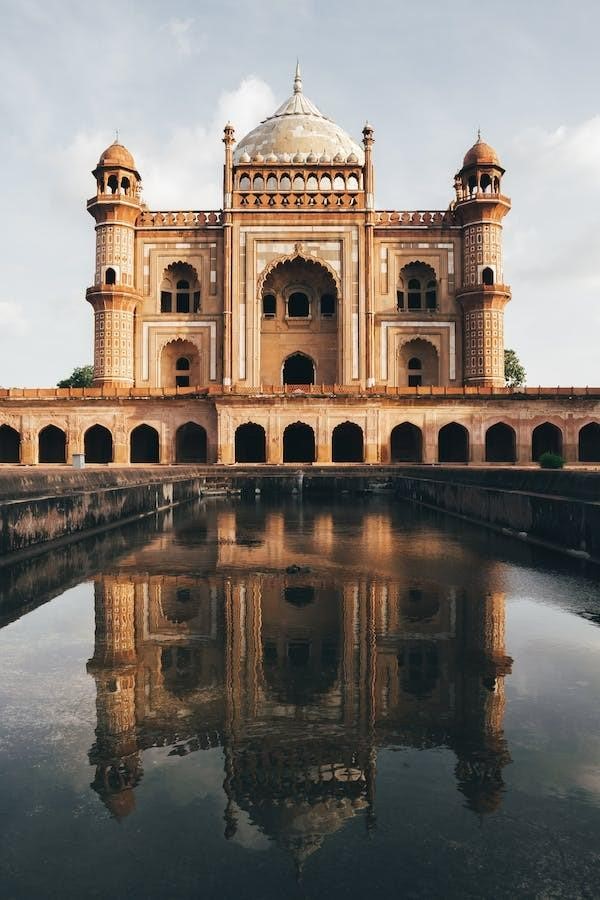
Narrating a Story
Architectural photography transcends mere documentation of buildings; it is a form of storytelling. Photographers must possess a deep understanding of the purpose, history, and cultural significance of the architecture they capture. By immersing themselves in the narrative of the building, photographers can seize images that evoke emotions, convey intended meanings, or reveal hidden intricacies. By identifying and emphasizing the distinctive features, spatial connections, and design intentions of a structure, photographers can produce captivating images that resonate with the viewers. This can be achieved by incorporating elements such as people, landscapes, or surrounding streets, which provide a sense of scale and narrative, resulting in a more immersive and engaging visual experience.
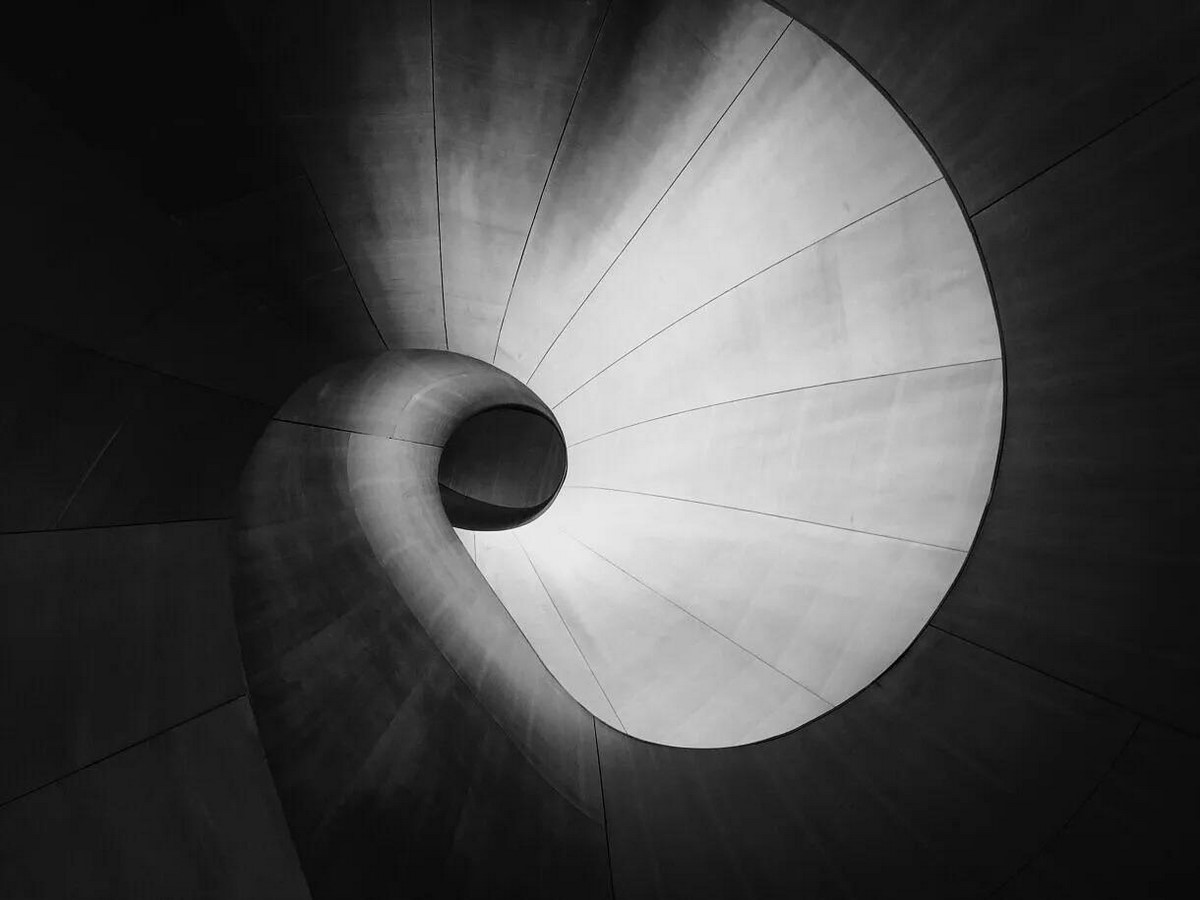
Timing and Weather
Patience and careful planning are crucial in architectural photography. Photographers must patiently wait for the optimal moment to capture a building when the light, weather conditions, and atmosphere align to create a captivating image. The hours during sunrise or sunset offer a soft, warm light that can add a magical touch to architectural photographs. Likewise, cloudy days can provide a diffused light that enhances the building’s textures and colors, while rain or fog can create a moody and atmospheric ambiance.
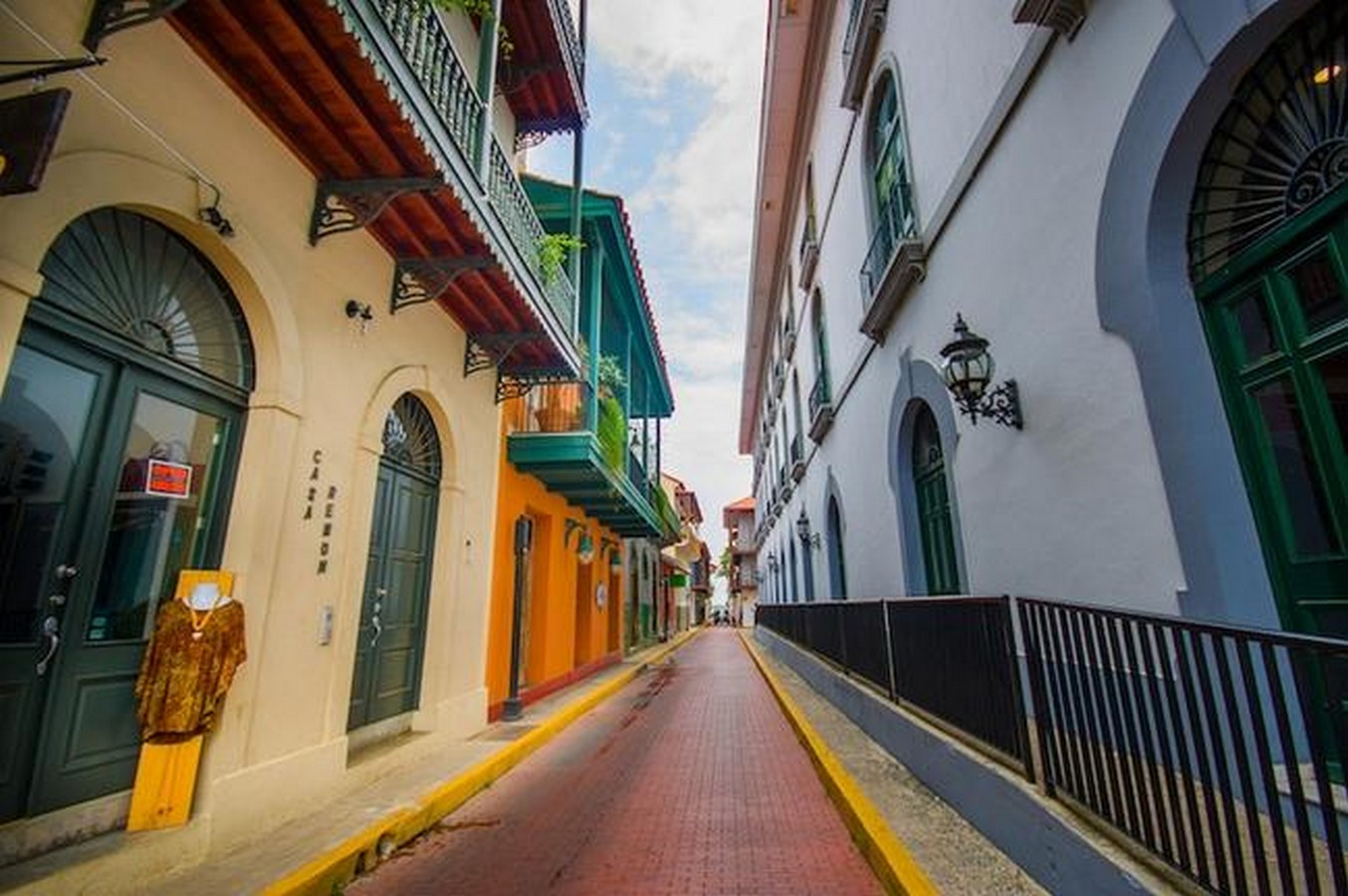
Equipment and Technical Considerations
Architectural photography demands attention to technical details and the use of specialized equipment. Wide-angle lenses are commonly employed to capture the grandeur and entirety of a structure, while tilt-shift lenses help correct perspective distortions. Tripods are essential for stability and precision, especially when shooting long exposures. HDR (high dynamic range) techniques can be employed to capture a wide range of tonal values in challenging lighting situations.

Post-processing and Editing
Post-processing is an integral aspect of architectural photography, empowering photographers to refine their images, accentuate details, rectify distortions, and manipulate colors for the desired visual impact. Software tools like Adobe Lightroom or Photoshop offer one the ability to meticulously adjust compositions, balance exposures, and maintain a cohesive aesthetic across a series of images. Nevertheless, photographers must strive for a delicate equilibrium between enhancing the photograph and preserving the authenticity and integrity of the architecture, ensuring that the final result remains faithful to the original vision.
Architectural photography thus demands not only a perceptive eye for composition and a profound admiration for architecture but also technical proficiency. Although this art form depends on the buildings’ appearance and surroundings, it goes beyond the mere depiction of the built structures; it strives to unveil the essence and character of architectural spaces. Through mastery of composition techniques, adept manipulation of light, the art of storytelling, and meticulous planning, photographers possess the power to create images that inspire, evoke emotions, and celebrate the unique structures that shape one’s world.
References (Articles):
Architecture photography – everything you need to know (2023) NFI. Available at: https://www.nfi.edu/architecture-photography/ (Accessed: 24 June 2023).
Jones, C. (2022) What is architectural photography?, Mike Butler – Architectural Photographer. Available at: https://mike-butler.com/what-is-architectural-photography/ (Accessed: 24 June 2023).
Mateer, P. (2023) How to photograph architecture (architectural photography), Shotkit. Available at: https://shotkit.com/architectural-photography/ (Accessed: 24 June 2023).
Singh, G. (no date) A complete guide to architecture photography, Pixpa. Available at: https://www.pixpa.com/blog/architecture-photography-guide (Accessed: 24 June 2023).
Images:
Joe Fletcher photography. (no date). Thedesignstory. Available at: https://cdn.thedesignstory.com/editor/di9jpqwgh.jpg?w=1000 (Accessed: 24 June 2023).
(no date). Pixpa. Available at: https://www.pixpa.com/blog/architecture-photography-guide (Accessed: 24 June 2023).
Curtross, R. (no date) The Oculus, tripadvisor. Available at: https://dynamic-media-cdn.tripadvisor.com/media/photo-o/0d/d2/f4/23/lights-for-the-holidays.jpg?w=1200&h=-1&s=1 (Accessed: 24 June 2023).
(no date). nfi. Available at: https://d150u0abw3r906.cloudfront.net/wp-content/uploads/2021/12/image4-13.png (Accessed: 24 June 2023).
Castaneyra, A. (no date) Unsplash, zanna. Available at: https://zanna.com.br/content/uploads/2023/06/2-arturo-castaneyra-o-dkysvidb4-unsplash-1220×0-c-default.webp (Accessed: 24 June 2023).
(no date). Pixpa. Available at: https://www.pixpa.com/blog/architecture-photography-guide (Accessed: 24 June 2023).
Bose, K. (no date) shotkit. Available at: https://cdn-ajggd.nitrocdn.com/kMoOFpDlsOVtlYJLrnSRNCQXaUFHZPTY/assets/images/optimized/rev-814242f/wp-content/uploads/2021/02/kinshuk-bose-.jpg (Accessed: 24 June 2023).








